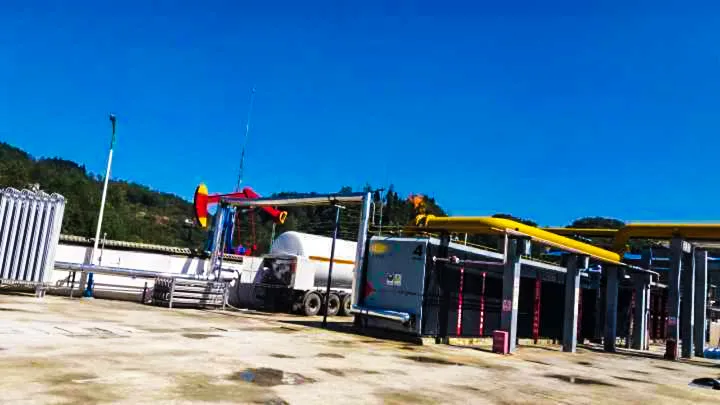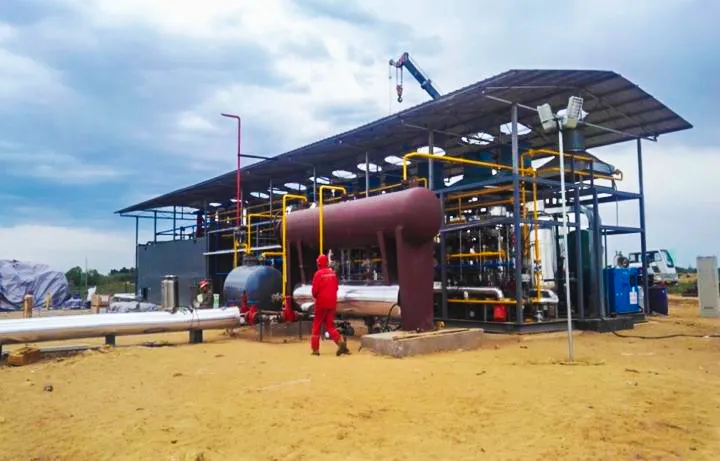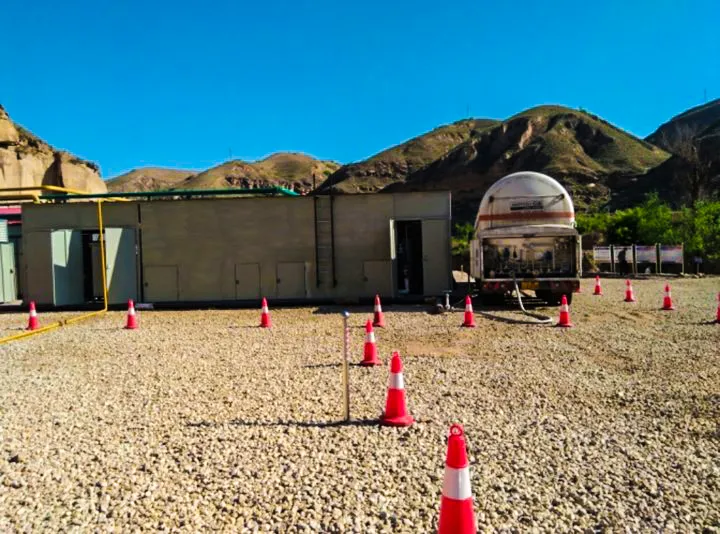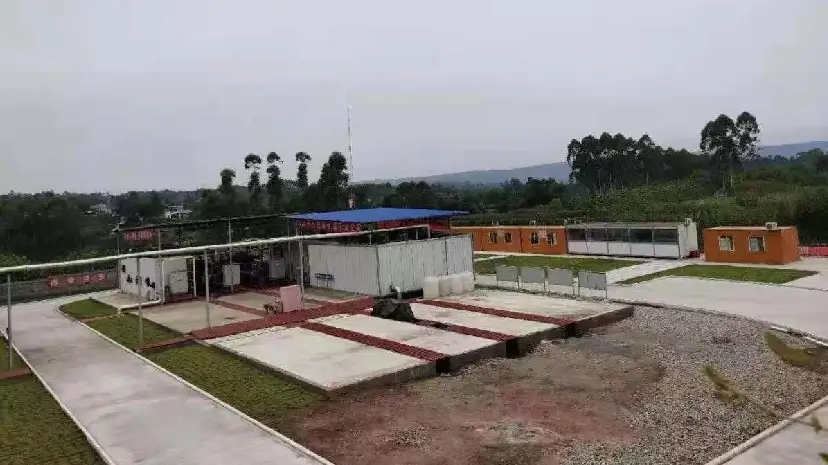How Can Skid-Mounted Systems Improve Flare Gas Recovery Efficiency?
The global oil and gas industry flares approximately 140 billion cubic meters of natural gas annually—enough energy to power sub-Saharan Africa. This staggering waste represents not only lost revenue but also significant environmental damage. As operations managers and facility engineers search for practical solutions, skid-mounted flare gas recovery systems have emerged as a game-changing technology that addresses both economic and environmental concerns.
Understanding Skid-Mounted Flare Gas Recovery Systems

A skid-mounted system is essentially a pre-engineered, factory-assembled processing unit built on a structural steel frame. Unlike traditional stick-built installations that require months of on-site construction, these turnkey solutions arrive at your facility ready for connection and commissioning.
The core components—compression equipment, separation vessels, heat exchangers, and control systems—are integrated and tested before shipment. This approach fundamentally changes the economics and timeline of flare gas recovery projects. One petrochemical facility in Texas reduced their installation timeline from nine months to just six weeks using this technology.
Rapid Response to Changing Six Ways Skid-Mounted Systems Maximize Recovery Efficiency Conditions
1. Rapid Deployment Reduces Lost Revenue
Time is money in industrial operations. Traditional flare gas recovery installations can take 6-12 months from engineering to startup. Skid-mounted systems compress this timeline by 50-70% because the majority of fabrication and testing occurs in controlled factory conditions.
A mid-sized refinery processing 50,000 barrels per day typically flares gas worth $2-5 million annually. Every month of delayed recovery system installation means continued revenue loss. The faster deployment of skid-mounted units translates directly to earlier revenue capture and improved project ROI.
2. Optimized Footprint Utilization
Space constraints plague many existing facilities. Skid-mounted designs leverage vertical integration and compact layouts, reducing the required footprint by 30-40% compared to conventional systems. I’ve seen plants install comprehensive recovery systems in areas previously considered too small for such equipment.
This space efficiency proves particularly valuable at offshore platforms, where every square foot carries a premium cost, and at urban refineries hemmed in by regulatory setback requirements.
3. Advanced Process Control Integration
Modern skid-mounted systems incorporate sophisticated automation that continuously optimizes recovery efficiency. Real-time monitoring analyzes gas composition, flow rates, and pressure conditions to adjust compression ratios and separation parameters automatically.
These intelligent systems respond to fluctuating flare loads—a common challenge in batch processing operations—without operator intervention. One chemical plant reported a 15% improvement in recovery rates simply from the automated optimization routines, even before any physical process changes.
4. Scalable Architecture for Changing Needs
Production facilities rarely maintain static throughput. Expansions, new product lines, and regulatory changes drive evolving gas recovery requirements. Skid-mounted systems offer exceptional scalability—additional compression or treatment modules integrate seamlessly with existing equipment.
This modularity protects your initial investment. Rather than oversizing equipment for theoretical future capacity (and paying for unused capability), you can match current needs precisely and expand incrementally as requirements grow.
5. Reduced Operating and Maintenance Costs
Standardized component selection and design streamline maintenance operations. Unlike custom-engineered systems where every facility has unique specifications, skid-mounted units use proven, readily available parts. Maintenance teams appreciate the consistency—procedures learned on one system apply to others, reducing training requirements and human error.
Planned maintenance can often occur during normal production schedules rather than requiring dedicated downtime. Facilities report 20-35% lower maintenance costs compared to equivalent stick-built installations, with the savings compounding over the system’s 20-25 year operational life.
6. Enhanced Recovery Rates Through Proven Design
Factory testing allows engineers to optimize every aspect of the recovery process before the system leaves the manufacturer. Gas-liquid separation efficiency, compression staging, and heat integration undergo rigorous validation—something nearly impossible with field-erected equipment.
Well-designed skid-mounted systems consistently achieve 90-95% recovery rates across varying operating conditions. This performance reliability eliminates the common scenario where field-installed systems underperform design specifications due to installation compromises or commissioning shortcuts.
GatheringTechnology Integration: Where Efficiency Actually Happens and Transmission Systems
Modern skid-mounted systems include a variety of technologies that were unattainable in the traditional field construction process:
- Variable Frequency Drives (VFDs) adjust compressor speeds to match the gas flow instead of operating at a fixed capacity. This simple change reduces the energy use by 20-30% over the curve of production. For a field that has 40 wells, that’s about $180,000 of annual savings in electricity at the present rate.
- Integrated dehydration solutions utilize triethylene glycol (TEG) contactors specifically designed for CBM applications in which the water content may over 1,000 lb/MMscf in the beginning. The proper size of the contactors will prevent hydrate formation without over-treating the gas, a balance impossible to achieve using standard equipment.
- Control systems based on PLCs track 40-50 processes variables in real-time and automatically adjust the operation. They also collect information that exposes the inefficiencies. One company operator found out through the SCADA software that the compressor cycle was costing them $12,000 per month for unnecessary starts. This is that was not visible without monitoring in real-time.
Cost Dynamics:Comparative Analysis: System Selection Guide Initial Investment vs. Lifecycle Value

Choosing the optimal flare gas recovery approach depends on multiple factors. This comparison helps clarify when skid-mounted systems offer the greatest advantages:
| Evaluation Criteria | Skid-Mounted System | Stick-Built System | Mobile Rental Unit |
| Installation Timeline | 6-12 weeks | 6-12 months | 1-2 weeks |
| Capital Cost | Medium | High | Low (rental) |
| Operating Efficiency | 90-95% recovery | 85-92% recovery | 75-85% recovery |
| Footprint Requirement | Compact (30-40% less) | Large | Very compact |
| Customization Flexibility | Moderate | High | Low |
| Maintenance Complexity | Low | Medium-High | Medium |
| Scalability | Excellent | Limited | Poor |
| Factory Testing | Complete | Minimal | Standard unit |
| Best Application | Permanent, medium-large facilities | Very large, custom requirements | Temporary or small-scale |
This analysis reveals that skid-mounted systems occupy the sweet spot for most industrial applications—balancing performance, cost, and deployment speed effectively.
Economic Performance Metrics
Understanding the financial returns drives adoption decisions. Based on current market conditions and typical industrial applications, here’s what facility managers can expect:
| Financial Metric | Typical Range | Key Variables |
| Initial Investment | $500K – $3M | Capacity, gas composition, site preparation |
| Annual Gas Value Recovered | $1M – $8M | Gas volume, local energy prices, utilization rate |
| Operating Cost Reduction | 20-35% vs. traditional | Automation level, maintenance approach |
| Payback Period | 18-36 months | Gas prices, recovery rates, financing terms |
| 20-Year NPV | $8M – $40M | Discount rate, price escalation assumptions |
| Carbon Credit Value | $50K – $500K annually | Regional carbon markets, emission volumes |
| Avoided Compliance Costs | $100K – $2M annually | Regulatory environment, flaring penalties |
KAITIANGAS: Your Professional Partner for Flare Gas Recovery
Founded in 2002, KAITIANGAS specializes in the recovery and treatment of flare gas resources. The company focuses on the development, engineering design, and global rollout of flare gas recovery and liquefaction technologies and equipment. KAITIANGAS boasts independent intellectual property rights, proven system solutions, and a professional team. We have successfully built and operated numerous wellhead LNG recovery projects in China, the Middle East, and Southeast Asia, accumulating extensive field experience and technical expertise.
Making the Right Choice for Your Facility
Skid-mounted flare gas recovery systems represent mature, proven technology that aligns economic performance with environmental responsibility. The combination of rapid deployment, operational efficiency, and long-term flexibility makes them particularly well-suited for facilities seeking to optimize their gas management strategy without extensive capital projects or prolonged construction disruptions.
For operations managers evaluating their options, the question isn’t whether to implement flare gas recovery—regulatory trends and economic fundamentals make that decision increasingly clear. The real question is which implementation approach delivers the best balance of performance, cost, and timeline for your specific circumstances.
Based on industry experience across hundreds of installations, skid-mounted systems consistently deliver that optimal balance for facilities processing between 1 and 50 million standard cubic feet per day of recoverable gas—which encompasses the vast majority of industrial applications.
Ready to eliminate flare waste and capture hidden revenue? Contact our engineering team for a site-specific analysis showing exactly how a skid-mounted recovery system can transform your facility’s gas management economics. We’ll provide detailed performance projections, timeline estimates, and ROI calculations based on your actual operating conditions—no obligation, just actionable data to support your decision-making.






